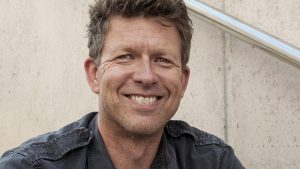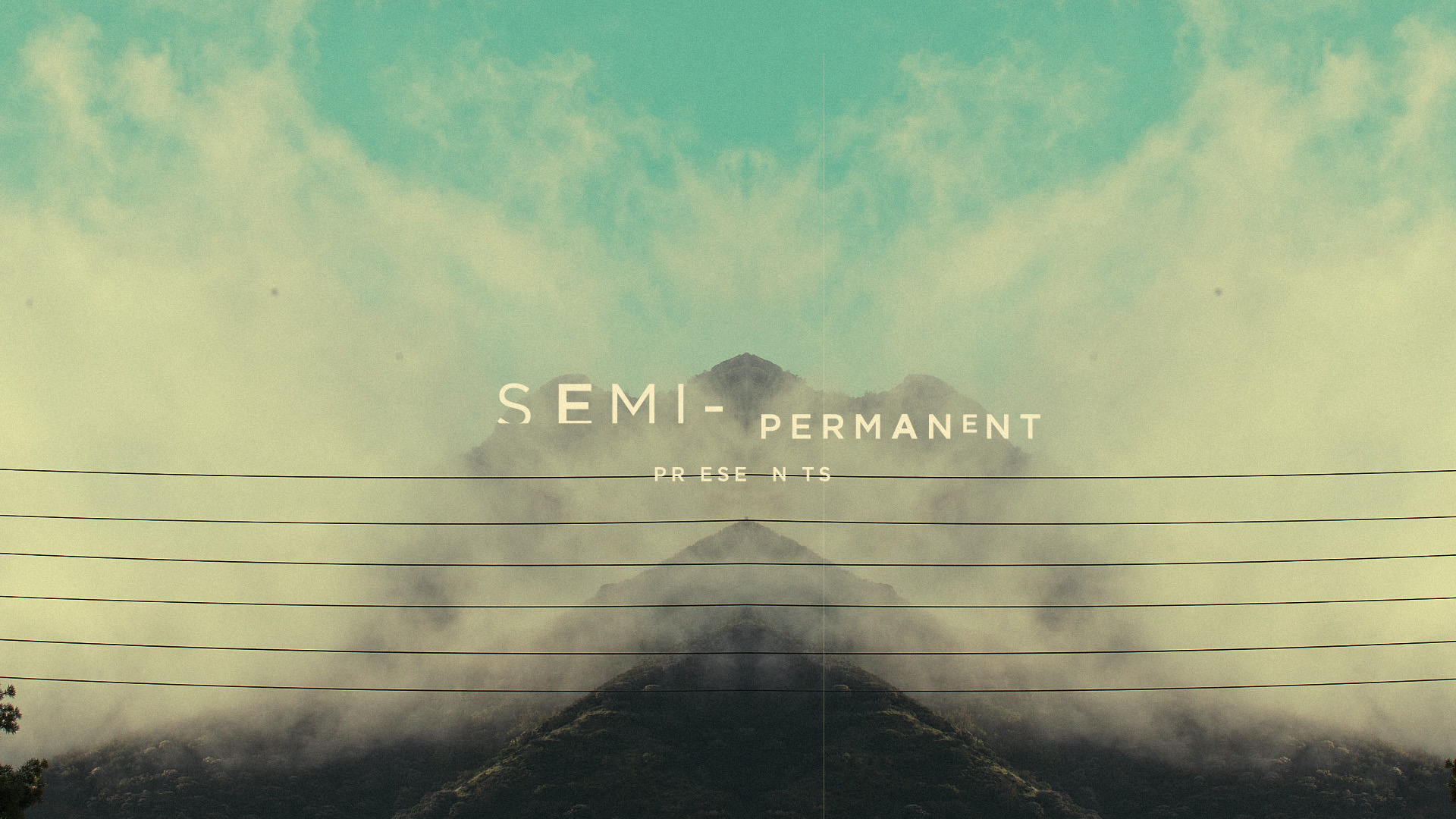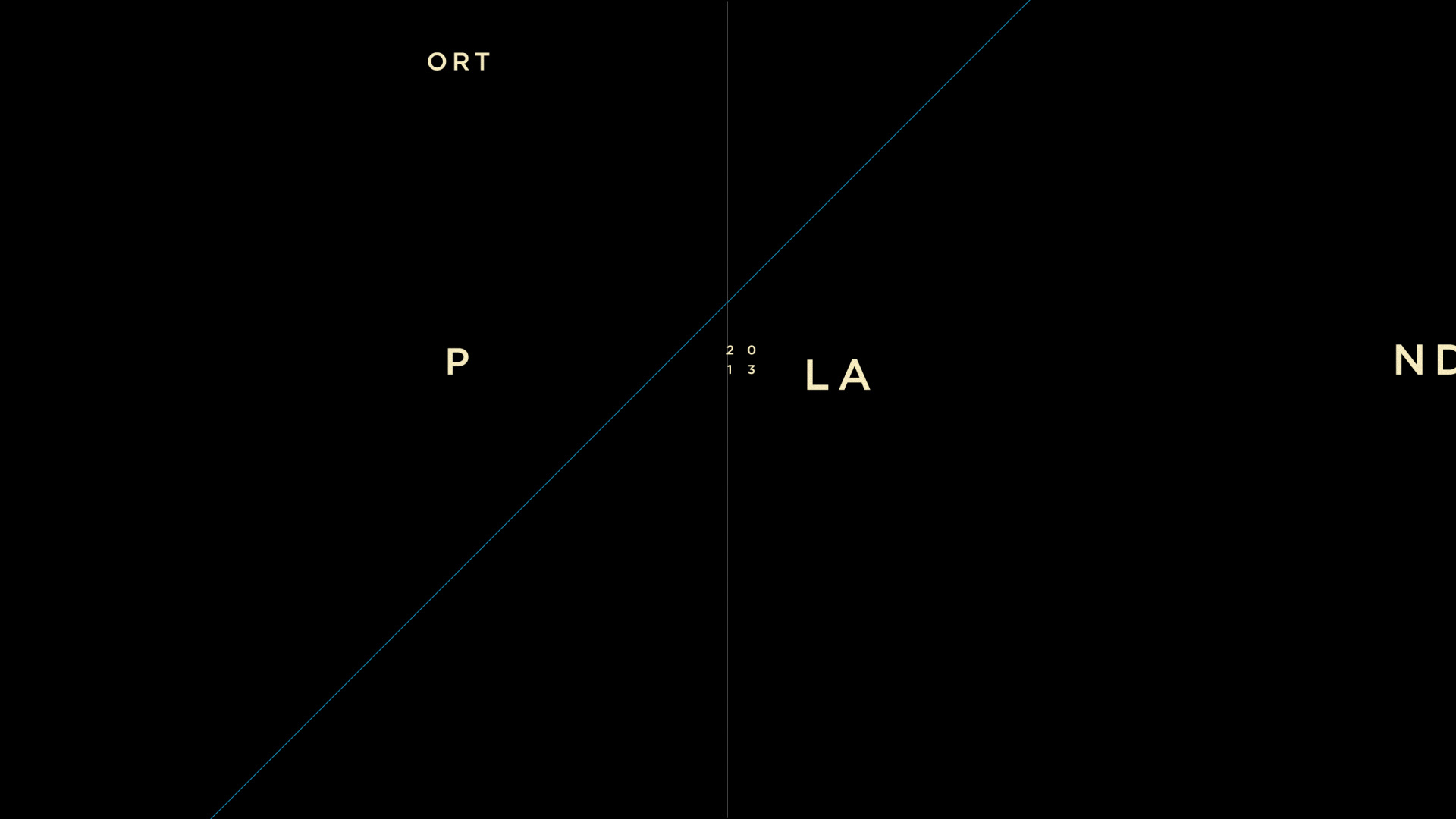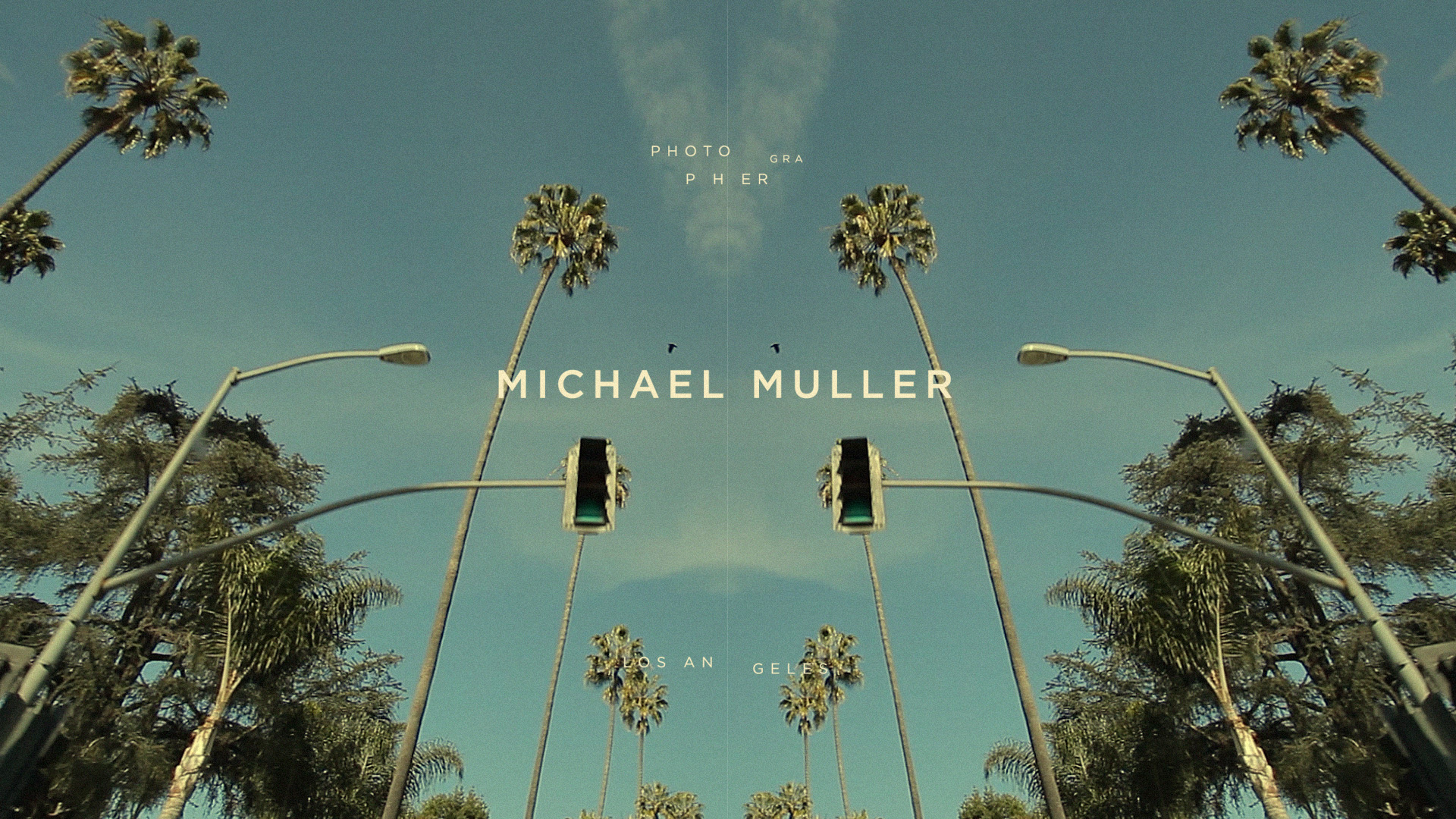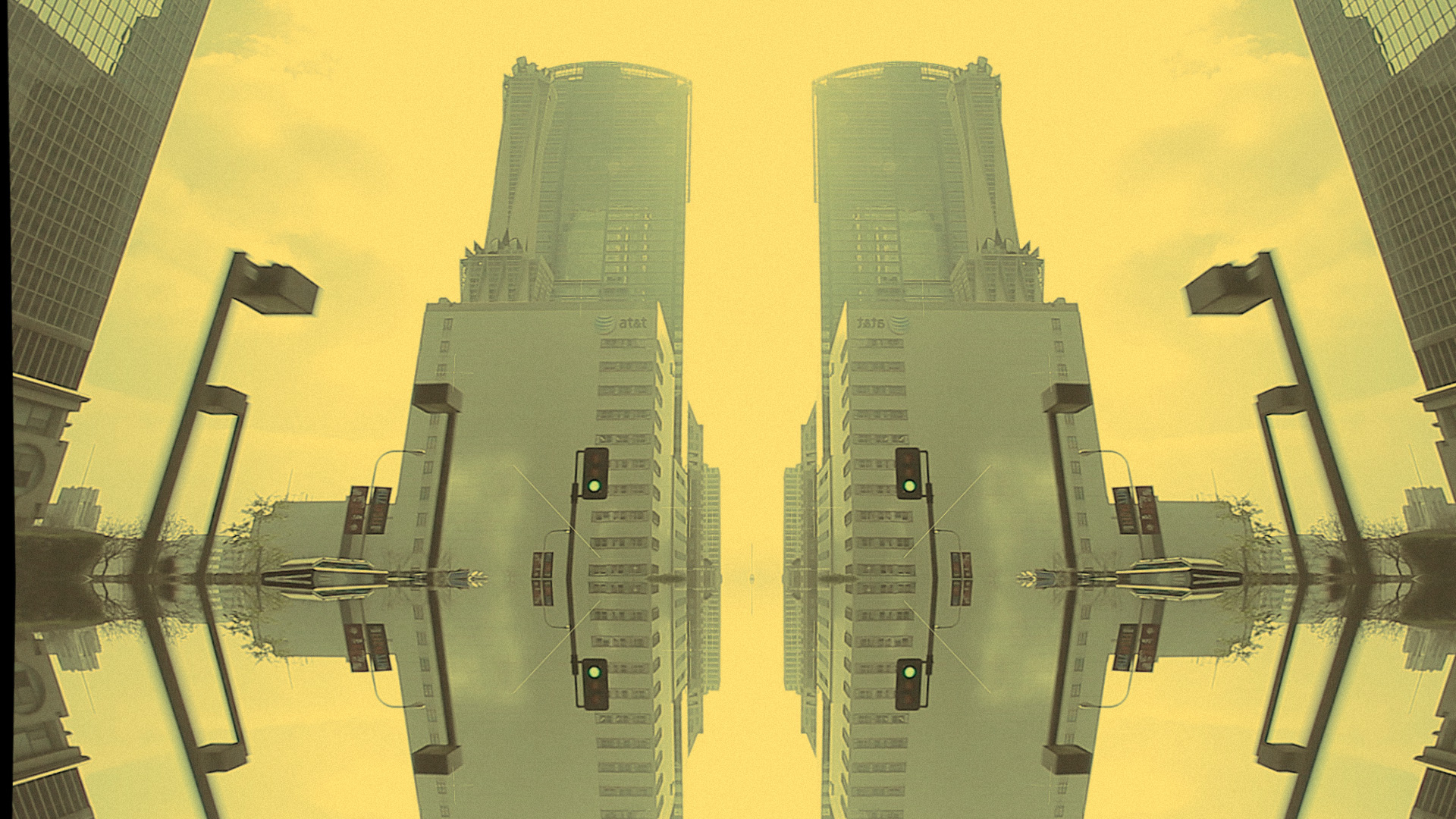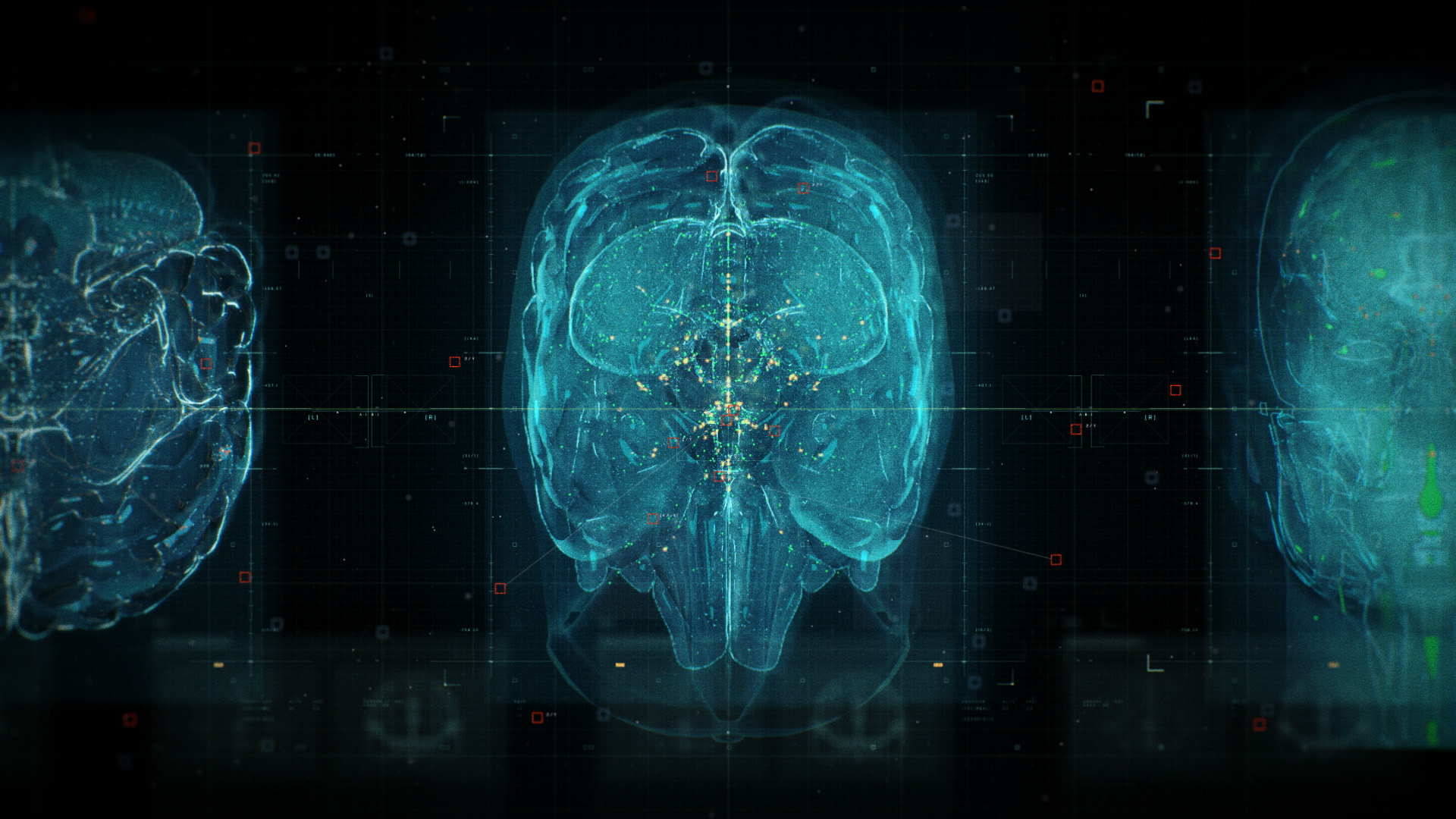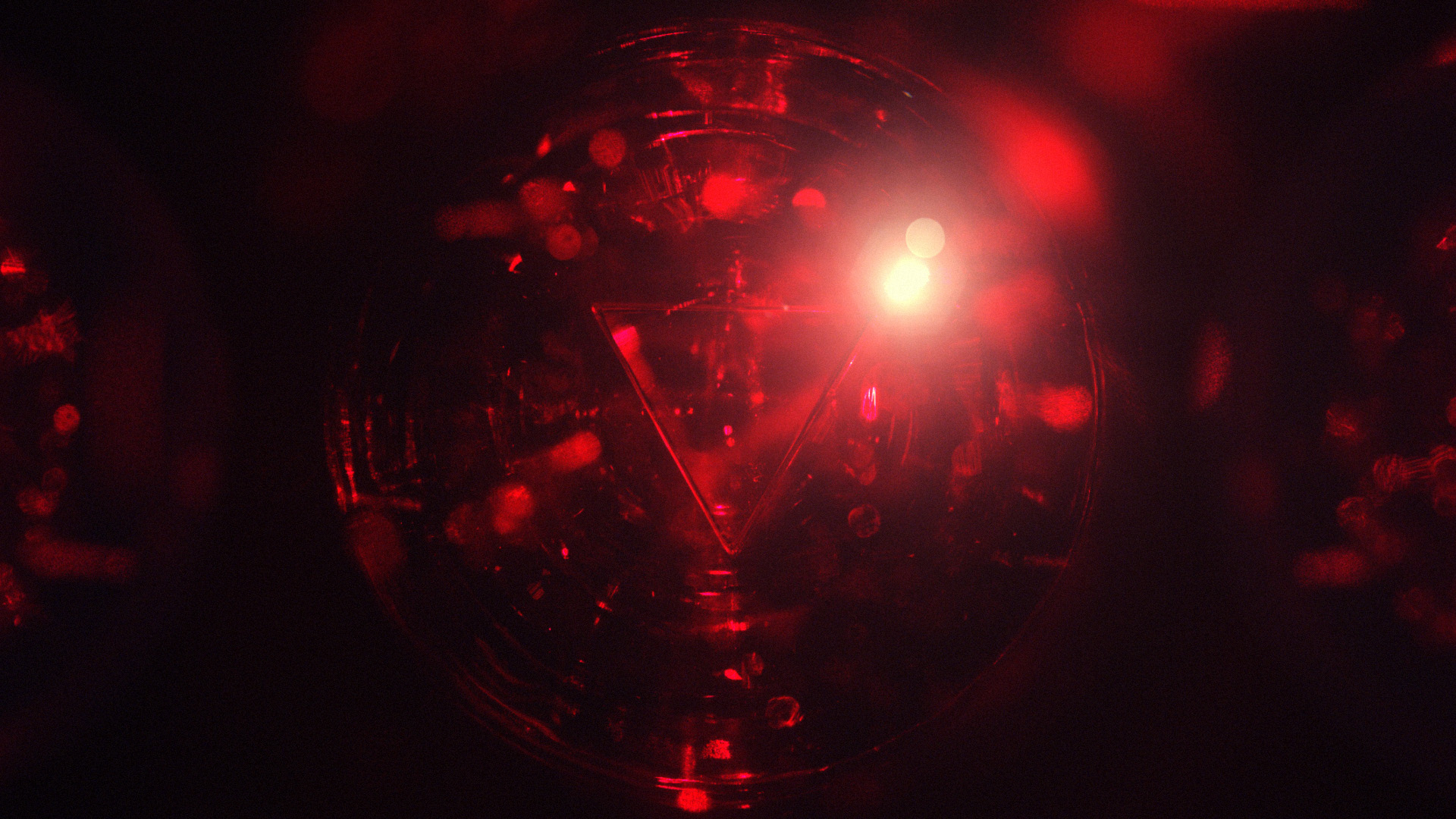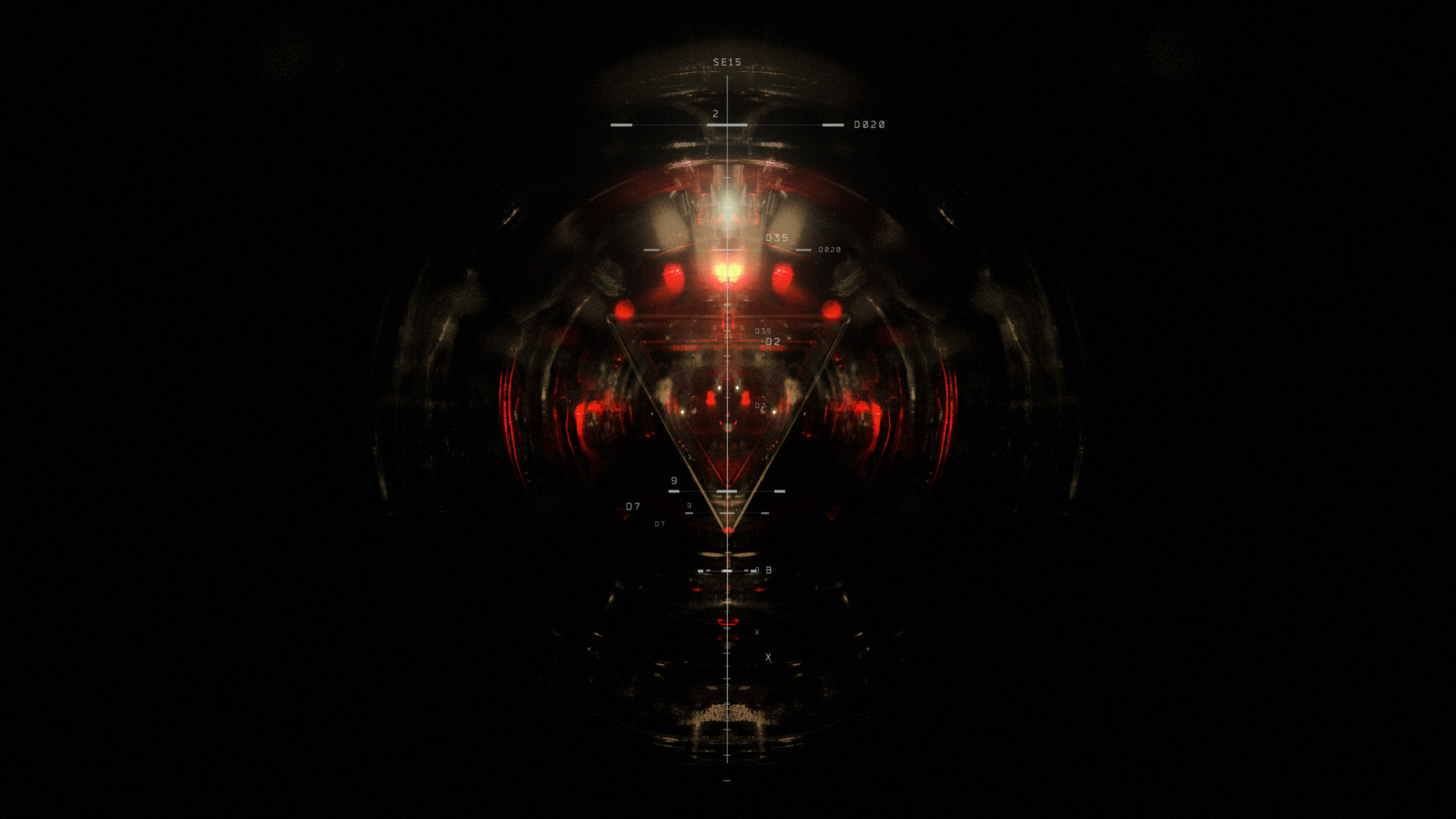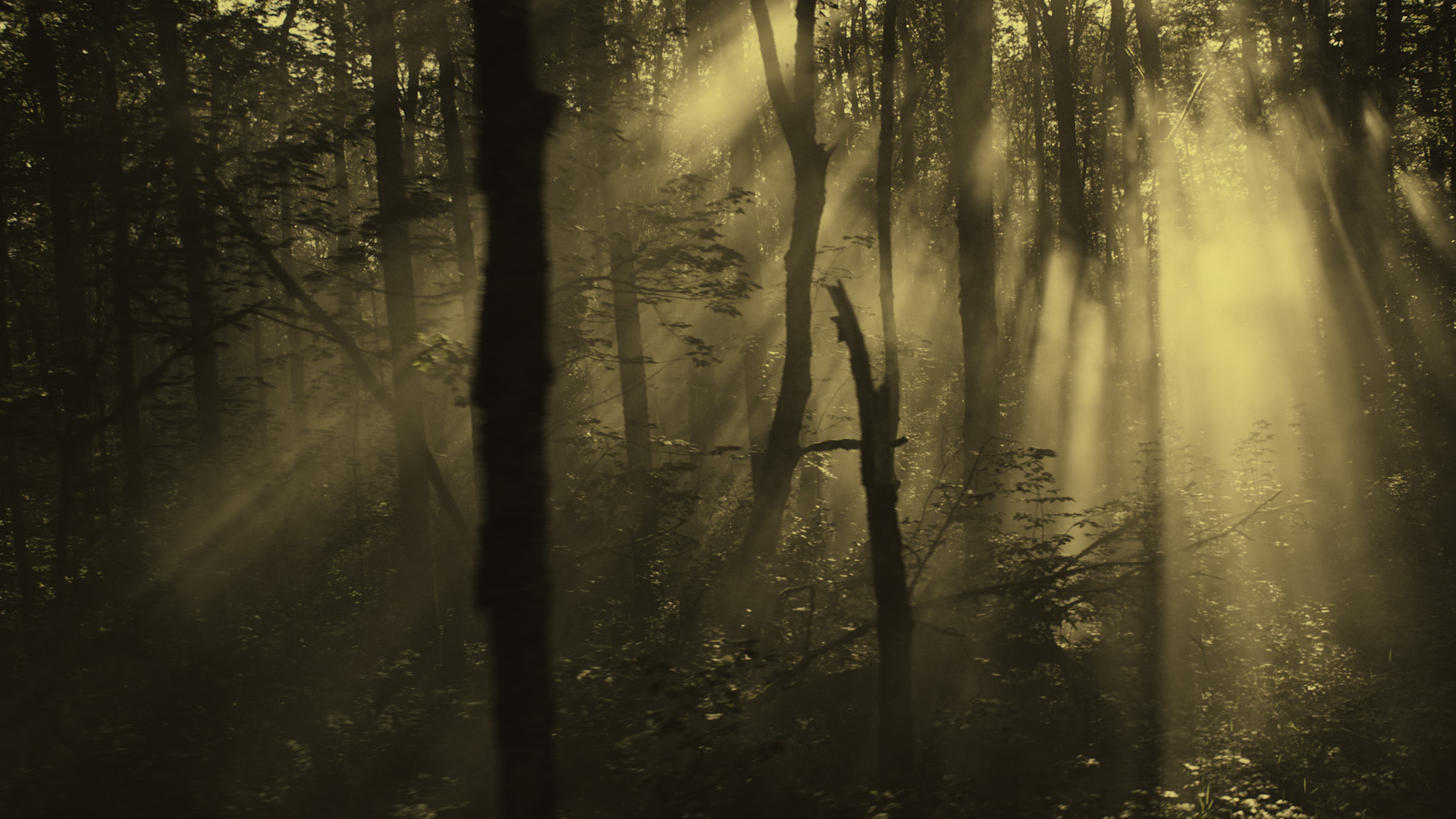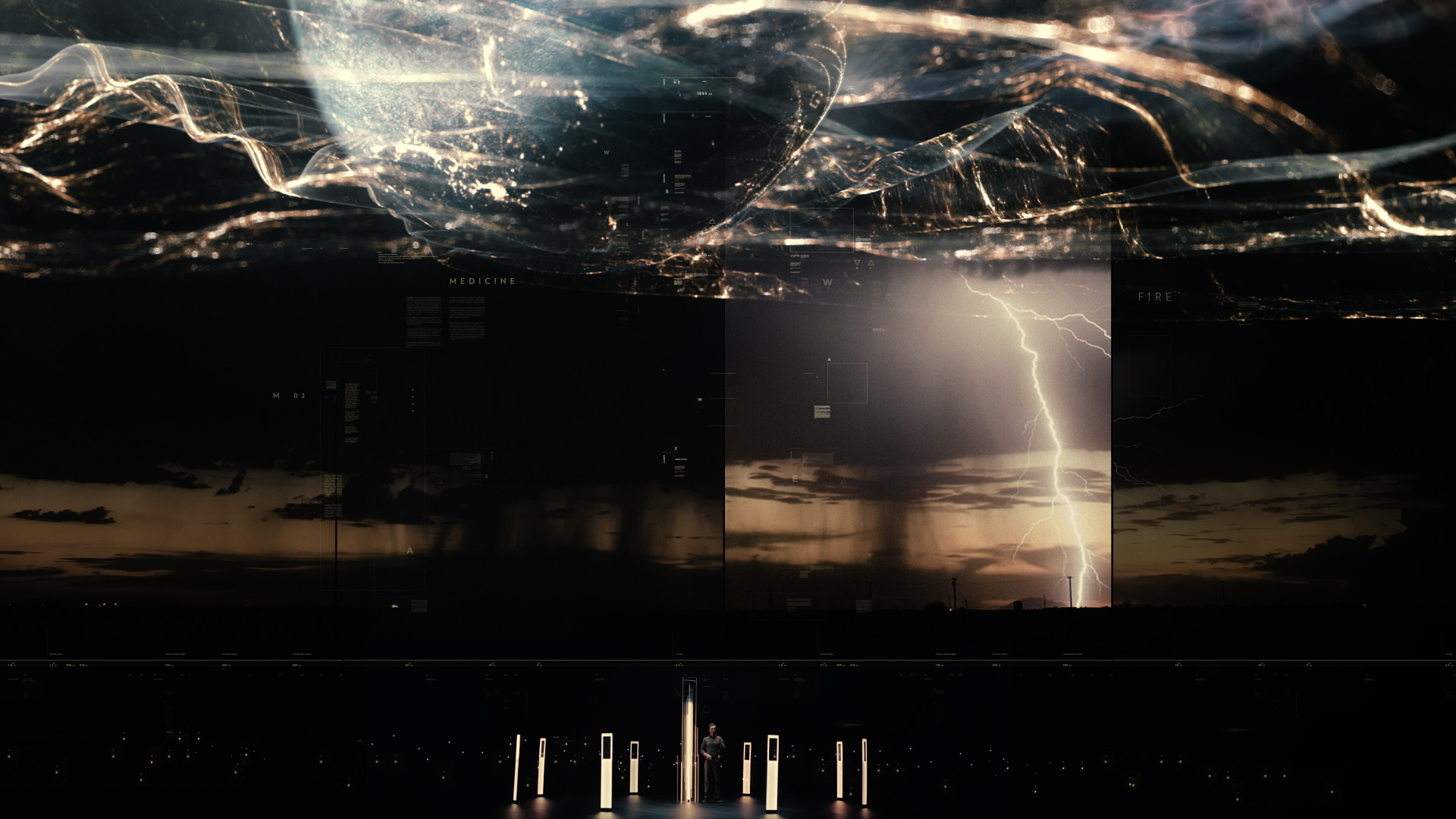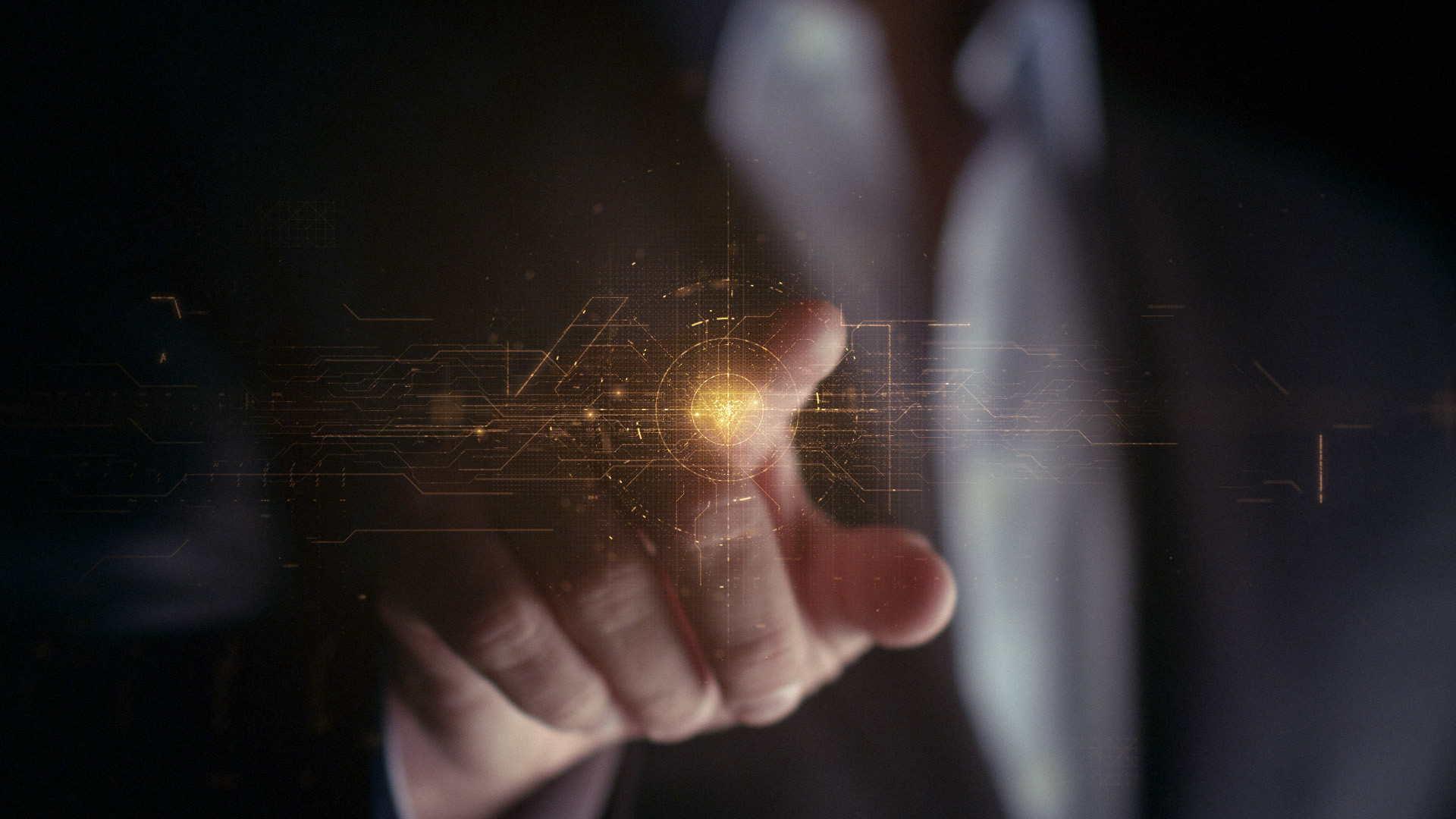Portuguese version (If you want to see it in English, you have to scroll down)
O Beyond The Title Art é um espaço dedicado a todo um mundo por detrás desta arte que são os genéricos de séries e cinema.
Para mim, o genérico é algo que, quando vou ver um filme ou uma série, não posso passar à frente (é regra). Toda a imagética e a música evidenciam imediatamente o tom da narrativa e sou mais facilmente transportado para aquele mundo, para aquela história. Na minha opinião, os genéricos são necessários para nos ambientarmos à série ou filme em questão.
E o meu convidado é o único Mr. DANNY YOUNT!
Danny Yount é um designer de genéricos e realizador de cinema e televisão, tendo sido galardoado com dois Emmy Awards em três nomeações. Desenhou e realizou os genéricos de “Tron: O Legado”, “Sherlock Holmes”, “Homem de Ferro 3”, “Seis Palmos Debaixo de Terra”…
Podes falar-nos um pouco sobre ti e o que fazes?
Sou designer e realizador de live action e motion design. Estou neste ramo há cerca de 25 anos e dirijo a minha própria empresa nos últimos 5. A minha especialidade é o design de genéricos para filmes e transmissões e também materiais promocionais para digital e transmissão.
Qual é a tua experiência em design?
Comecei como designer gráfico em impressão e media interativos. A partir daí rapidamente transferi as minhas habilidades e conhecimento em design para as motion arts e eventualmente para a realização em live action. Ao longo das minhas experiências em campo fiz de tudo desde design de sinais ambientais, design e código interativo, design de websites, fotografia, design de palco, gráficos para t-shirts, montagem e direção de fotografia.
Como é que te tornaste especialista em design de genéricos?
Desenhei e realizei aquele que se tornou no muito conhecido genérico da HBO para “Seis Palmos Debaixo de Terra”. Venceu um Emmy e lançou a minha carreira – levando-me a muitos trabalhos em genéricos de filmes. Adoro ouvir música enquanto edito. A música é fulcral nos genéricos, portanto foi algo que me surgiu de forma natural. Também tenho um vasto conhecimento e experiência em tipografia e diferentes estilos de design – o que também é essencial neste campo.
Quais são as tuas fontes de inspiração?
Viajar, a natureza, ler, tocar música (especialmente a guitarra) e boas conversas. Pode parecer cliché mas experiências não-relacionadas com o design são fundamentais para a área. Precisamos de uma leva de recursos conceptuais que alimentem o nosso trabalho. Também adoro trabalhar com designers mais jovens que são novos na matéria e trazem perspetivas frescas e novas ideias. Mantém-me perspicaz e lembra-me de que tenho de tentar abordar cada tarefa com um novo par de olhos e não ter medo de experimentar coisas novas.
Podes revelar um pouco sobre o processo por trás do desenvolvimento do génerico de abertura de uma série, por exemplo?
Tens de começar por uma ideia que é orientada pela história. Mas há muitos lugares por onde levar isso. Os melhores genéricos são os surreais e lindamente executados – têm tanto de estético como de técnico. O trabalho dos designers de genéricos é oferecer uma vinheta única que estabelece o tom e condições para o espectador sem revelar a história no sentido literal. Visuais deslumbrantes que tornam os genéricos interessantes e captam a atenção do espectador, construindo antecipação para o filme ou série. Para isso constroem-se storyboards e convida-se quantos designers for preciso para o processo, para ter um máximo de ideias na mesa.
De todos os trabalhos em que estiveste envolvido, qual é o teu favorito? Deixa-me dizer-te que eu adorei aquele que fizeste para o “Semi-Permanent USA Conference Open”, o efeito espelhado, aqueles planos… incrível!
Obrigado! E, por acaso, esse foi um dos meus preferidos porque estava extremamente limitado em tempo e recursos. Por vezes, uma pressão desse género é o que é necessário para produzir bons resultados, ao mesmo tempo que te força a ser honesto e verdadeiro sobre o que é importante e o que não é. Não há tempo para dúvidas ou inseguranças – tens de te atirar e fazê-lo.
https://vimeo.com/61765258
Aqui em Portugal temos bons designers, temos o Filipe Carvalho, sabemos que já trabalhaste com ele. Como é trabalhar com alguém com um estilo tão particular, do outro lado do mundo… qual é o processo?
Ele é ótimo, e trabalho com muitos outros também, como o Toros Kose e o Chris Bjerre, que têm sempre boas ideias e um look único e uma sensitividade para o seu ofício. É sempre crítico convidar para um pitch tantas quantas versões de uma ideia podemos oferecer a um cliente. Eles querem mesmo saber que trabalhaste a fundo o problema que tens em mãos.
Podes dar algum conselho aos designers juniors que estão no início das suas carreiras?
Trabalhar no duro e ser honesto consigo próprio – estás a fazer aquilo em que és bom? Estás sempre a questionar o teu trabalho e a aguentá-lo contra os outros de maneira a cresceres? Amas mesmo aquilo que fazes? Estás à procura de criticismo para que te tornes melhor enquanto artista? Estás a aprender novas habilidades? Estás a tentar criar tendências em vez de as seguires? Sê sempre diligente e tenaz nestas questões, mas também bondoso e paciente para contigo próprio. Demora tempo a desenvolver a tua própria “voz” de designer. Chegarás lá se amares aquilo que fazes e nunca desistires.
[English Version]
Beyond The Title Art is a space dedicated to a whole world behind this art, which is the intro of movies and TV series.
For me the opening sequence is something that I can’t get ahead of (and that’s a rule) every time I see a movie or a series. All the music and imagery immediately reveal the tone of the narrative and more easily transport me to that world, to that story. In my opinion open sequences are necessary to create a mood for the series or movie in question.
And my guest is, the one and only Mr. DANNY YOUNT!
Danny Yount is a main title designer and director for film and television, he won two Emmy Awards and one Emmy nomination.
He designed and directed the main titles for Tron: Legacy, Sherlock Holmes, Iron Man 3, Six Feet Under…
Can you talk a little bit about yourself and about what you do for living?
I am a designer and director of live action and motion design. I have been in this profession for about 25 years and have been running my own company for the last 5 years. My specialty is title design for film and broadcast and promotional campaigns for broadcast and digital.
What’s your design background?
I began as a graphic designer in print and interactive media. From there I quickly transferred my skills and knowledge of design into motion arts and then eventually directing live action. Over the course of my experiences in the field I have done everything from environmental sign design, interactive design and coding, website design, photography, stage design, t-shirt graphics, editing and cinematography.
How did you end up being a title-design specialist?
I deisgned and directed what became a very well-known title for HBO called Six Feet Under. It won an emmy and launched my career – eventually landing a lot of film title work. I love editing to music, which is critical to title work, so it came very naturally to me. I also have a lot of knowledge and experience in typography and different design styles – which is also essential in the field.
What are your sources of inspiration?
Travel, nature, reading, playing music (specifically guitar) and good conversation. That sounds cliché but non-design experiences are critical to the discipline. We need a wealth of conceptual resources that feed into our work. I also love working with younger designers who are new to the field and have fresh perspectives and new ideas. It keeps me sharp and reminds me that I must try to approach each assignment with a new set of eyes and not be afraid to always try new things.
Can you tell us a little about the process behind the development of the opening credits of a TV Series, for example?
You must start with an idea that is story-driven. But there are many places to take that. The best title sequences are surreal and beautifully executed – aesthetically as well as technically. The title designers’ job is to offer a unique vignette that sets the tone and conditions the audience without giving the story away in a literal sense. Beautiful visuals that make the credits interesting and get the viewer’s attention and build anticipation for the film or show. To do that you build storyboards and invite as many designers into the process to get the most ideas out on the table.
Off all the works you were involved in, what is your favorite? Let me tell you that I really love that one you did for “Semi-Permanent USA Conference Open”, that mirror effect, those shots… amazing,.
Thank you! And that was actually one of my favorties to make because I was extremely limited on time and resources. Sometimes pressure like that is exactly what is necessary to produce good results, as It forces you to be honest and real about what is important and what is not. There is no time for insecurity and doubt – you have to just jump in and do it.
https://vimeo.com/61765258
Here in Portugal, we have good designers, like Filipe Carvalho, we know that you have worked with him already, how it is, to work with a guy with a particular style, from the other side of the world… how it’s the process?
He’s great, and I work with many others as well, like Toros Kose and Chris Bjerre, who always have good ideas and a unique look and sensitivity to thier craft. It is always critical to invite into a pitch as many shades of an idea as you can offer a client. They want to know you have really worked through the problem at hand.
Can you give any advice to any Junior Designers, who are beginning their carreers?
Work hard and be honest with yourself – are you doing what you are good at? Are you always questioning your work and holding it up against others in order to grow? Do you really love what you do? Are you seeking criticism so you can get better as an artist? Are you learning new skillsets? Are you trying to create trends instead of just follow them? Be diligent and tenacious in these things always but also be kind to yourself and patient. It takes time to develop your own “voice” as a designer. You will get there if you love what you do and you never quit.

